Thru-Hikes on a More Manageable Timeline
Do you long to do a thru-hike but simply can’t take 5-7 months to tackle the Appalachian Trail, Pacific Crest Trail, or one of the other mega-trails out there? Luckily, there are several long-distance trails that offer the beauty and joys of thru-hiking without turning your entire life upside down. Here is a list of manageable thru-hikes in the USA that can be completed in less than a month:
John Muir Trail (California) – 211 Miles – Est. 18-22 Days
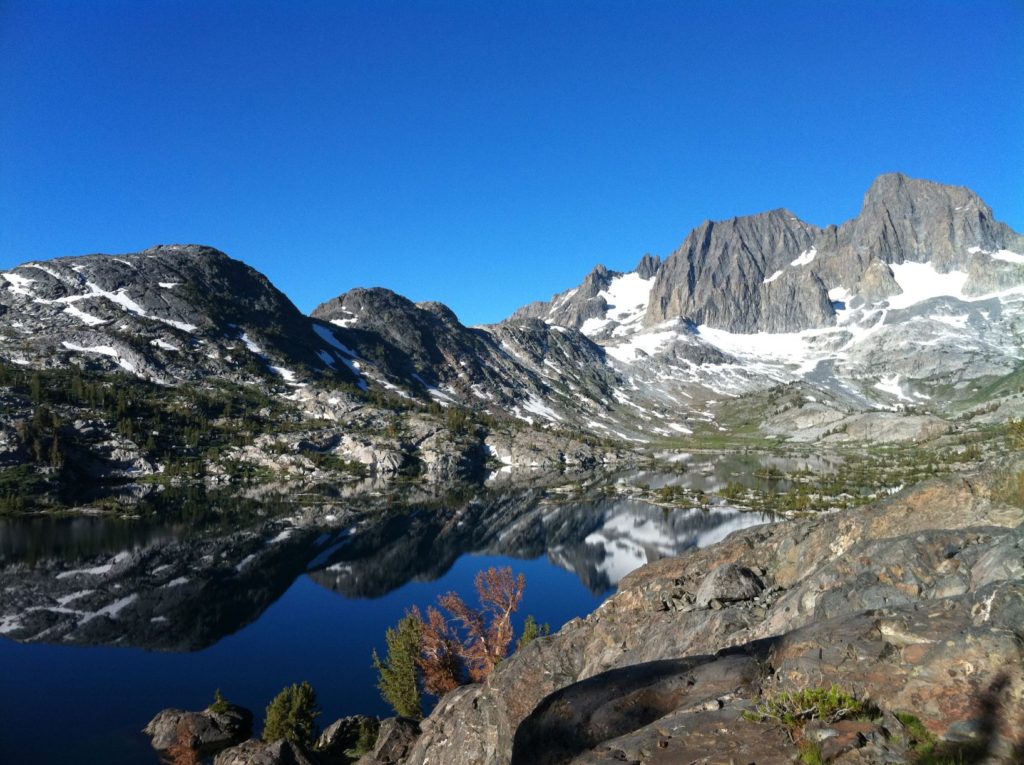
Best Time to Hike: Late July – Early October
If you have been interested in backpacking at any level, chances are you’ve heard of the John Muir Trail. Named after the famous naturalist and outdoors-man, this trail meanders through the beautiful Yosemite National Park and Sierra mountain range. Be sure to obtain the JMT Thru-Hike permit and be aware that only a small percentage of applicants are accepted each year.
I should also note that while the JMT is officially 211 miles long, there is an additional 11 miles to hike down from the Mt. Whitney summit to the Whitney Portal campground. Check out these posts by Clever Hiker and Bearfoot Theory where you can find great information on how to plan for a JMT thru-hike.
Uinta Highline Trail (Utah) – 104 Miles – Est. 7-10 Days
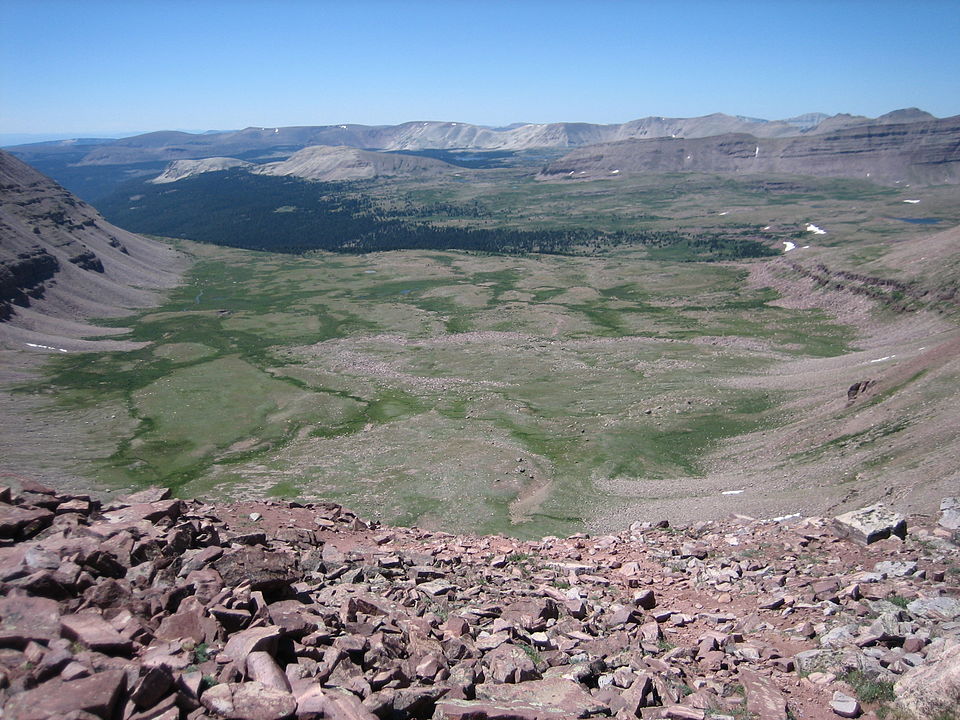
Best Time to Hike: Late July – September
This short thru-hike has been growing in popularity during recent years and for good reason. This trail offers panoramic views of eastern Utah’s Uinta mountain range and can feature abundant wildlife. The high elevation, mountain passes, limited water, and unpredictable weather will be a challenge for hikers of any experience level. The trail’s remoteness offers a tremendous backpacking experience. Some of the guys from Z-Packs completed a Uinta Highline Trail thru-hike in 2018 – you can read more about it here.
Long Trail (Vermont) – 272 Miles – Est. 20-30 Days
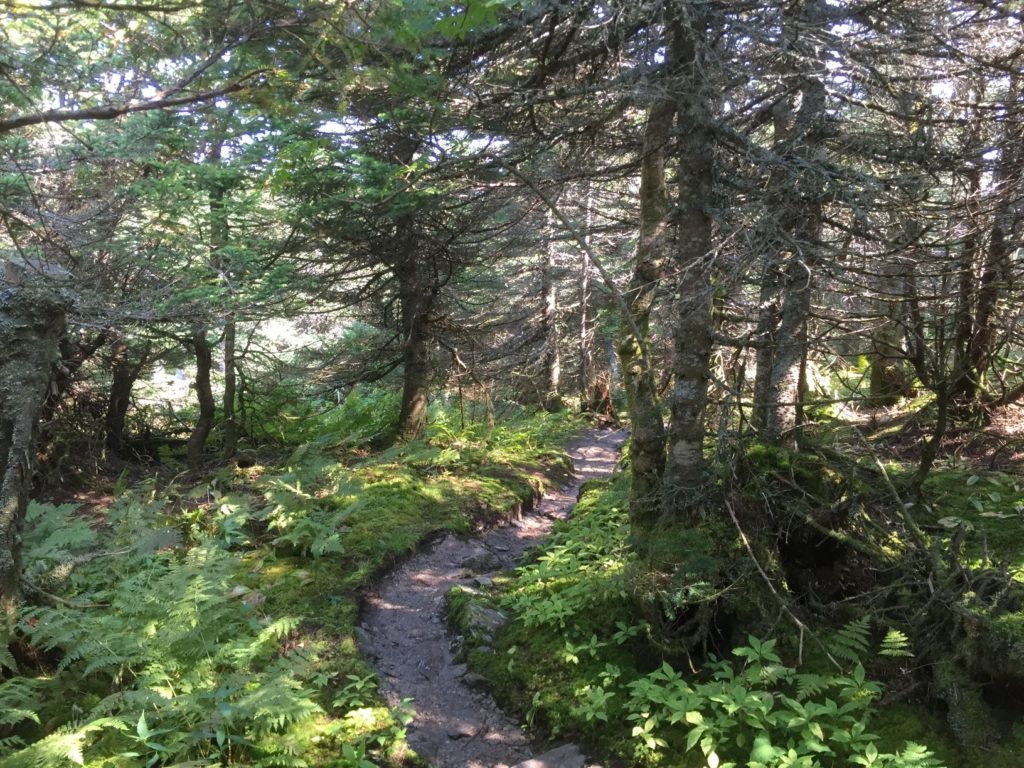
Best Time to Hike: Mid June – Late August
The oldest long-distance hiking trail in the US, the Long Trail served as the inspiration for the Appalachian Trail and runs concurrent with the AT for 100 miles. I hiked these 100 miles during my 2014 AT Thru-hike and can say that they made up one of the prettiest sections of my thru-hike.
The Long Trail runs North-South along Vermont’s Green Mountains. Snow can be present at higher elevations as late as early-June and as early as early-October. The terrain is rugged and there can be issues with black flies during June/July – but hiking during these months has the least risk of dry water sources. Find out more at Green Mountain Club.
Tahoe Rim Trail (California and Nevada) – 165 Miles – Est. 10-15 Days
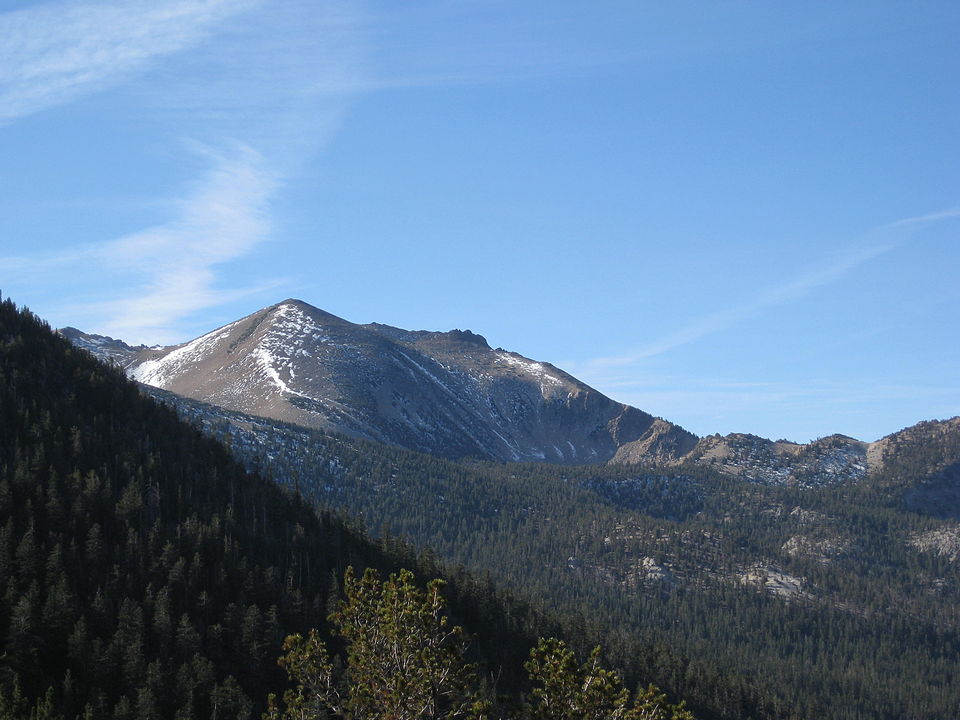
Best Time to Hike: July – September
I made frequent trips to Lake Tahoe while growing up in California and can attest to its serene beauty. This self-descriptive trail offers incredible views of the lake and surrounding mountains. The trail is usually cleared of snow by mid to late June, although it can hang around into July and even August. Be prepared for possible (though unlikely) snow and freezing nighttime temperatures year round. See here to get information about trail conditions, water sources, maps, and other useful content.
New England Trail (Connecticut and Massachusetts) – 215 Miles – 15-20 Days
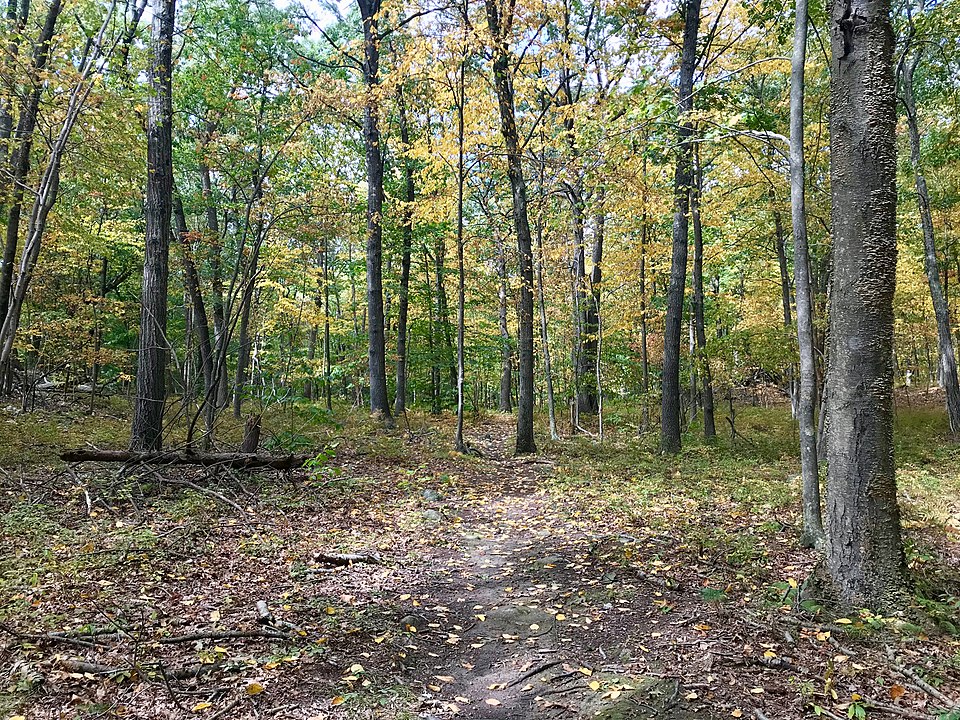
Best Time to Hike: Fall
The shortest of the National Scenic Trails System, the New England Trail (NET) will offer you summit vistas and backdrops of rural towns reminding one of what Old America must have been like. The NET runs North/South from Guilford, CT to the Massachusetts/New Hampshire border. Make sure to hike the New England Trail during the autumn months to soak in the famous New England fall colors. You can learn more on the NET website.
Natchez Trace Trail (Tennessee, Alabama, Mississippi) – 444 Miles – Est. 25-30 Days
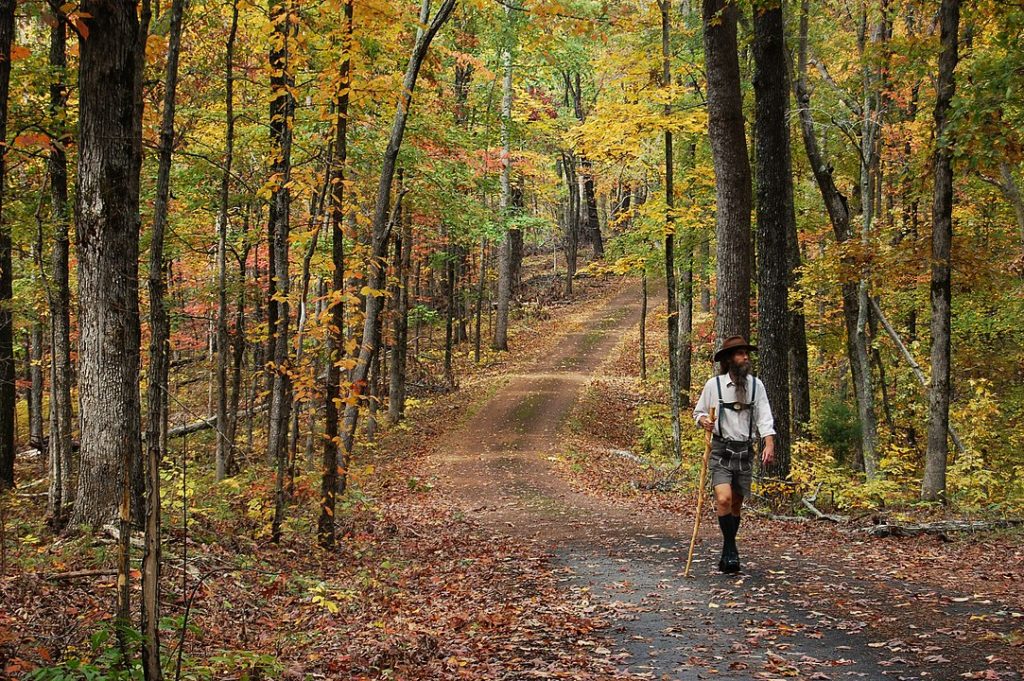
Best Time to Hike: Spring or Autumn
The Natchez Trace Trail is not your typical long-distance trail. It consists of a 444-mile parkway that can be driven, biked, “equitrekked”, or walked, in addition to approximately 70 miles of side trails. Included in the National Scenic Trails System, the Natchez Trace contains a rich history dating back to its use by America’s indigenous peoples (see here to read more). Due to its low elevation, this trail will not be particularly difficult as long as you avoid hiking during the sweltering summer of the Deep South. You can learn more about planning your hike at NPS.
Colorado Trail (Colorado) – 485 Miles – Est. 4 – 6 Weeks
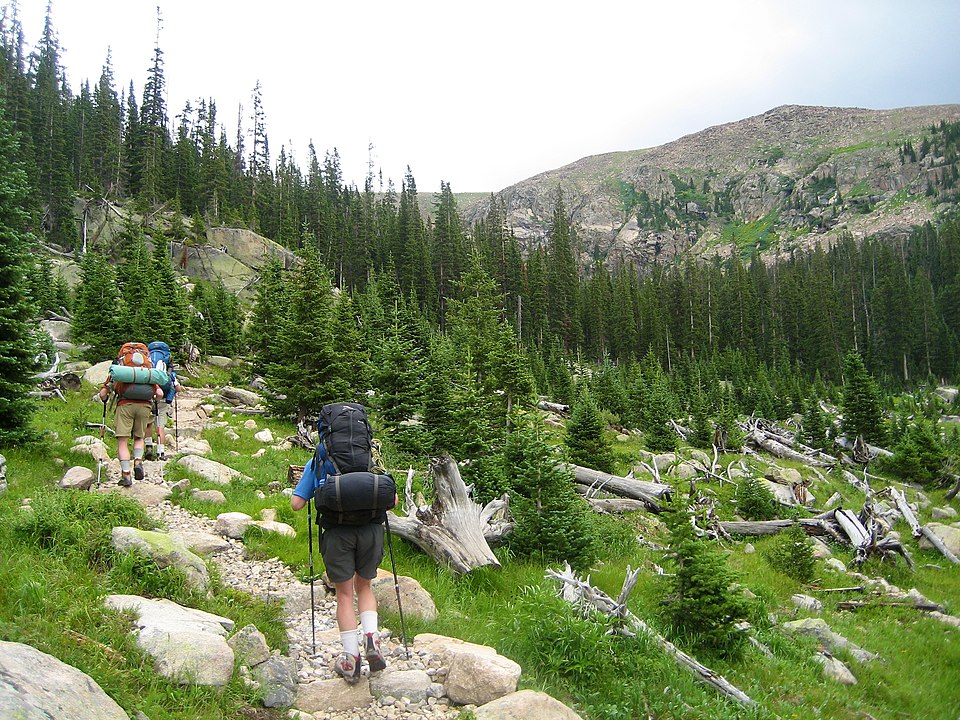
Best Time to Hike: Early July – Mid September
I almost did not include the Colorado Trail on this list because of its length – but it is possible to hike in under a month – and it is simply too gorgeous to be left out. Starting near Denver, the Colorado Trail meanders southwest through the mountains to Durango. This trail offers hikers serene panoramic landscapes that are nothing short of world-class.
Snow generally sticks around through June, so make sure to keep trail conditions in mind when planning this hike as they can vary year to year. The trail frequently rises above 10,000 feet in elevation which not only adds physical strain, but also makes for unpredictable weather. Hikers will gain (and lose) approximately 89,000 feet in elevation along this trail. Though not for the faint-hearted, the Colorado Trail is one of the best the US has to offer. You can learn more about how to prepare for the trail here.
Ouachita Trail (Arkansas and Oklahoma) – 233 Miles – Est. 18-25 Days
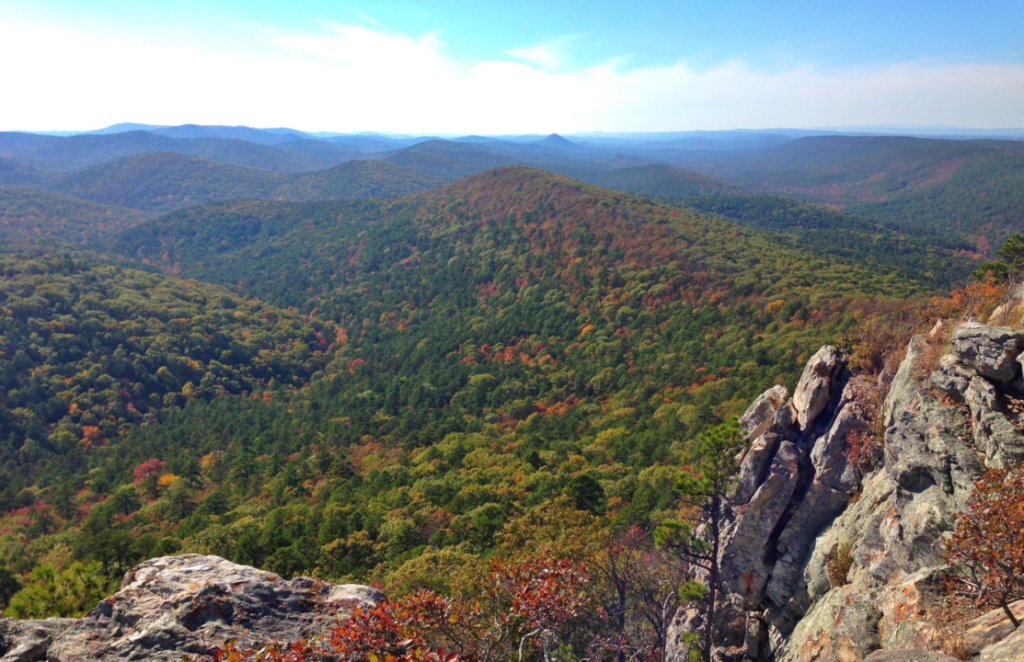
Best Time to Hike: Spring, Winter, or Fall
Having a history, real and imagined, of outlaw country, western Arkansas and eastern Oklahoma allow hikers to escape from civilized folk and venture deep into wild country. In fact, Charles Portis’s True Grit takes place in this region. Rolling forested hills dominate this region and would be a treat to behold in fall. Avoid hiking this trail in summer, as the heat will be unbearable and water sources may run dry. Check out this article to learn more about the trip and how you can plan. * Pronounced: “wash-ee-tah”
Wonderland Trail (Washington) – 93 Miles – Est. 10-14 Days
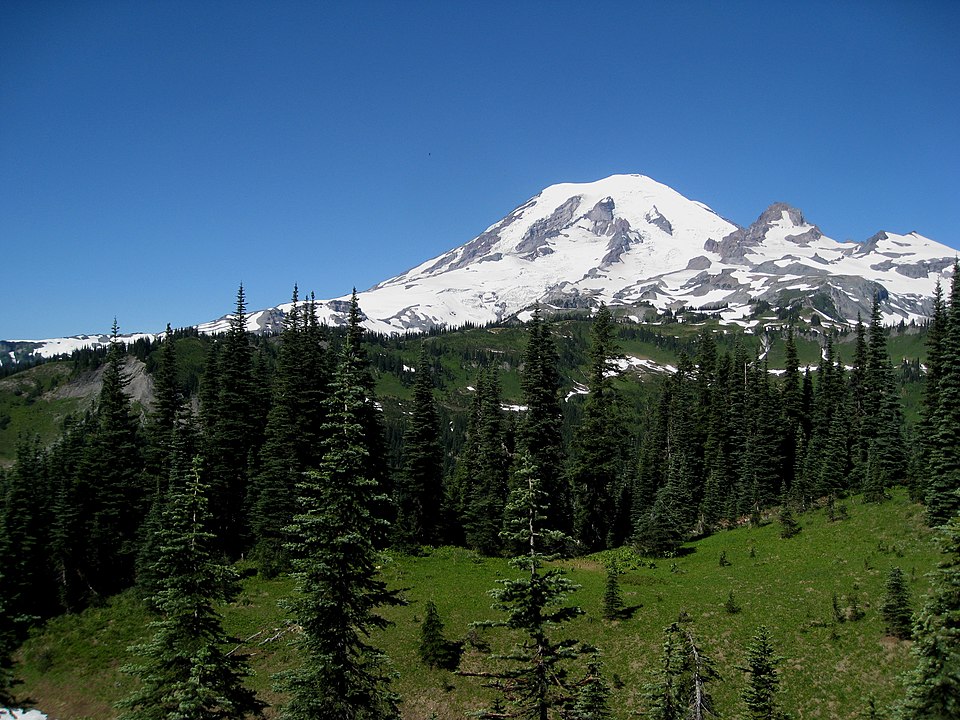
Best Time to Hike: Late Summer
Washington’s Wonderland Trail is a gorgeous and challenging loop around Mt. Rainier, with approximately 22,000 feet in elevation gain. The trail traverses through lowland forest, high alpine, and sub alpine terrain. Hikers should be aware that in addition to the trail’s difficulty, daily mileage may be determined by campground availability as “stealth camping” is strictly prohibited. If you feel confident in your hiking ability, the Wonderland Trail is an excellent choice. You can find more information on the trail and permits at NPS.
Maah Daah Hey Trail (North Dakota) – 144 Miles – Est. 10-15 Days
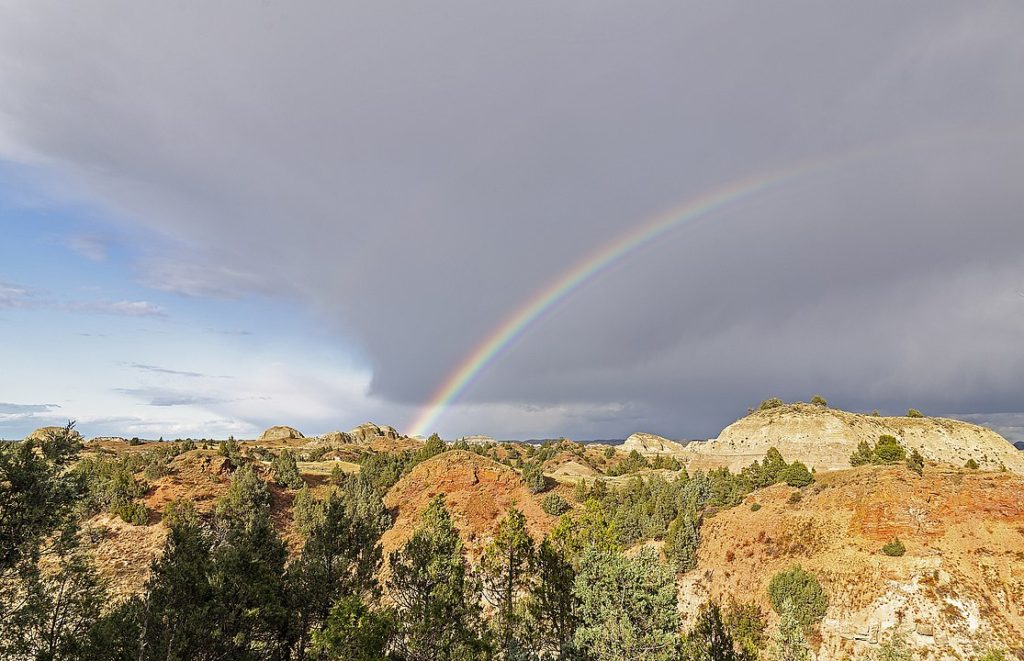
Best Time to Hike: Late Spring or Late August-September
Showcasing badland country, the Maah Daah Hey trail will allow hikers to find solitude and embrace the wild beauty of North Dakota which seldom receives the attention it deserves. Hikers are bound to see a variety of landscapes from prairies to plateaus and buttes. Mud and river crossings can be an issue depending on rainfall and ticks can be problematic in the spring and early summer months. While water sources would be in short natural supply, there are several caches along the trail for hikers to make use of. The Maah Daah Hey Trail Association has great information to start planning your trip.
Superior Hiking Trail (Minnesota) – 300 Miles – Est. 2-4 Weeks
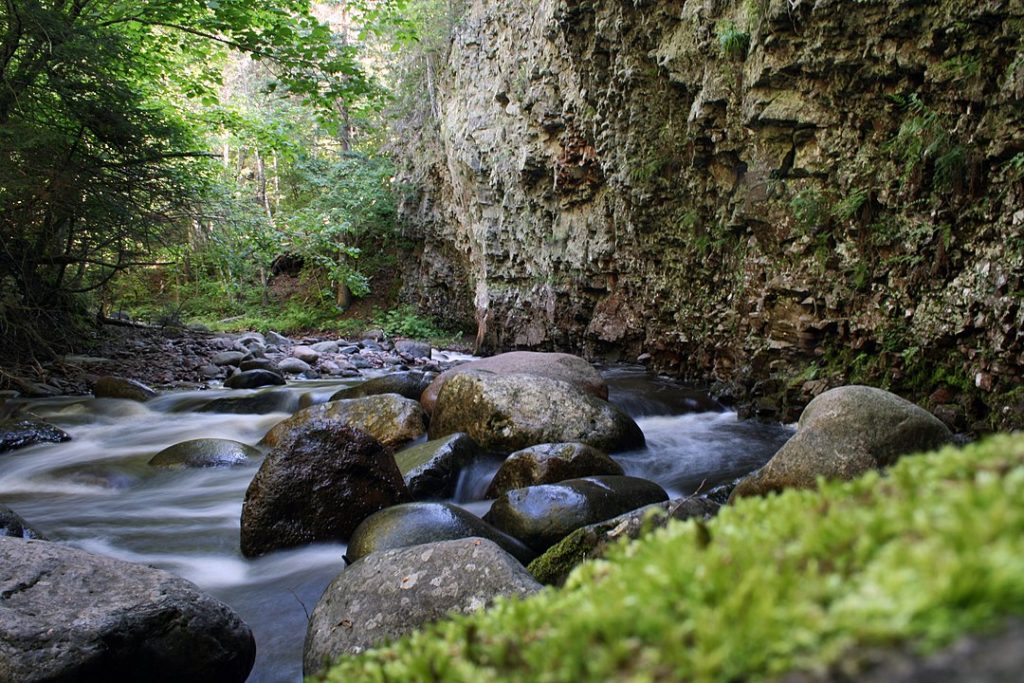
Best Time to Hike: Mid Summer- Mid Fall
Hikers can enjoy walking through dense forests and along lake shores (including Lake Superior) on this lightly-trafficked trail. Fall hiking would be an incredible experience (just make sure it’s before hunting season). Permits are not required along this trail and hikers are welcome to stay at its 90+ campsites. However, one exception is in the 53-mile Duluth section where hikers must find transportation to off-trail lodging. Many thru-hikers choose to skip this section due to the logistical difficulties it entails. You can find useful thru-hiking information on the Superior Hiking Trail Association’s website, and this article from The Trek gives a thorough rundown of the thru-hiking experience along with some helpful tips.
Lone Star Trail – 129 Miles (Texas) – Est. 7 – 10 Days
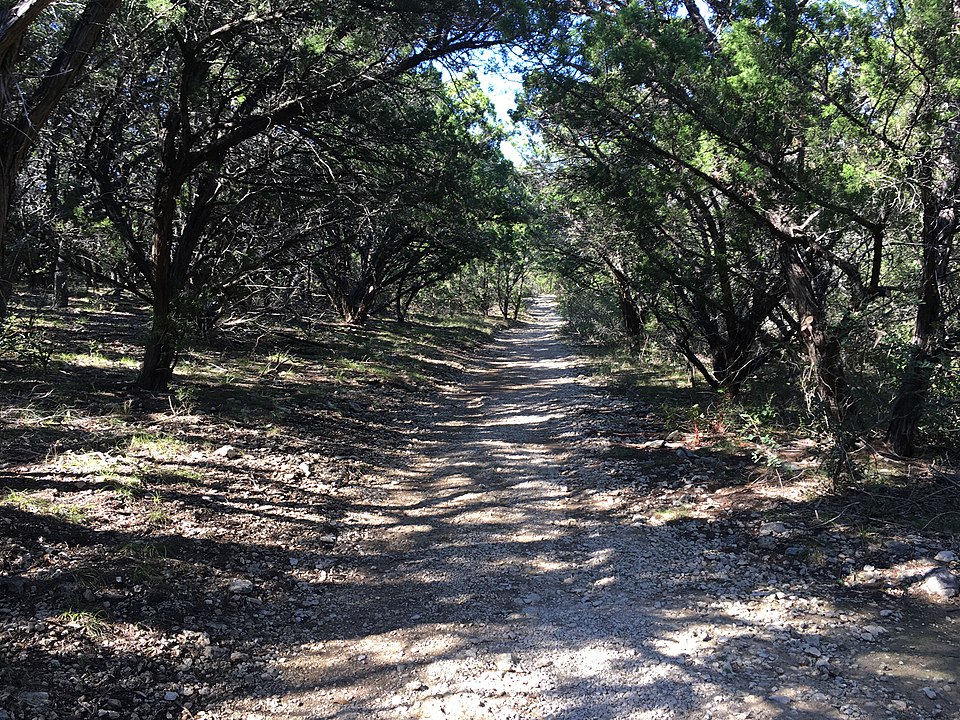
Best Time to Hike: Spring or Fall
Texas’ only long-distance hiking trail, the Lone Star Trail is located in southeastern Texas and meanders through the Sam Houston National Forest. The trail is largely flat and features thick pine forests and magnolia trees. Water sources are scarce and may not be reliable, so it is recommended that hikers carefully plan their water supply and consider water caching to be safe. You can learn more about the character of the trail here and find useful practical information and maps here.
Centennial Trail (South Dakota) – 123 Miles – Est. 6-10 Days
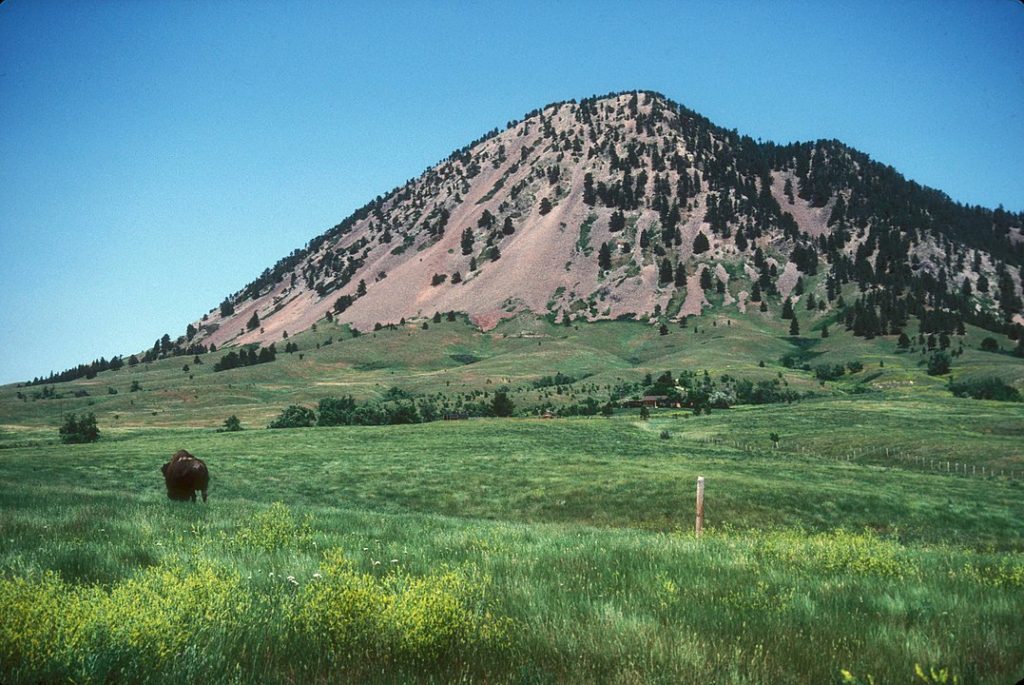
Best Time to Hike: Late Spring – Early Fall
Hikers can complete a short thru-hike and experience the beautiful Black Hills country within a week-long vacation along the Centennial Trail. Some highlights of this gem include Bear Butte, Mt. Rushmore, and a plethora of potential wildlife sightings. Backcountry camping is allowed along most of the trail. Other than a couple paid campgrounds, hikers will have to find their own spots to make camp – which can really add to the backpacking experience. Water availability varies year-to-year, but updates on water conditions can be found on this Facebook Group. You can find more information from the US Forest Service as well as from this trail profile from The Trek.
Cohos Trail (New Hampshire) – 165 Miles – Est. 12-14 Days
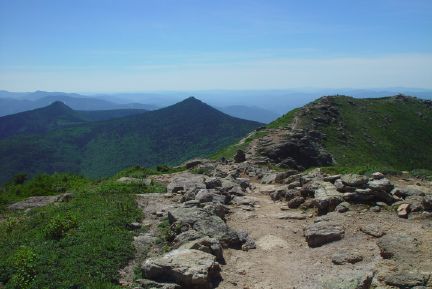
Best Time to Hike: Mid Summer – Early Fall
Beginning in the beautiful and rugged White Mountain National Forest, the Cohos Trail continues into New Hampshire’s far northern territory, allowing thru-hikers to experience the fullness of what this gorgeous state has to offer. Different sections of this trail will vary greatly in difficulty depending on whether the trail keeps to the lowlands or shoots you directly up a mountain. It’s best to hike this trail after the black fly season (late spring/early summer) and be prepared for varying weather. The Cohos Trail Association has a great website that should give you all the information you need to tackle this thru-hike.
Northville-Lake Placid Trail (New York) – 133 Miles – 7-12 Days
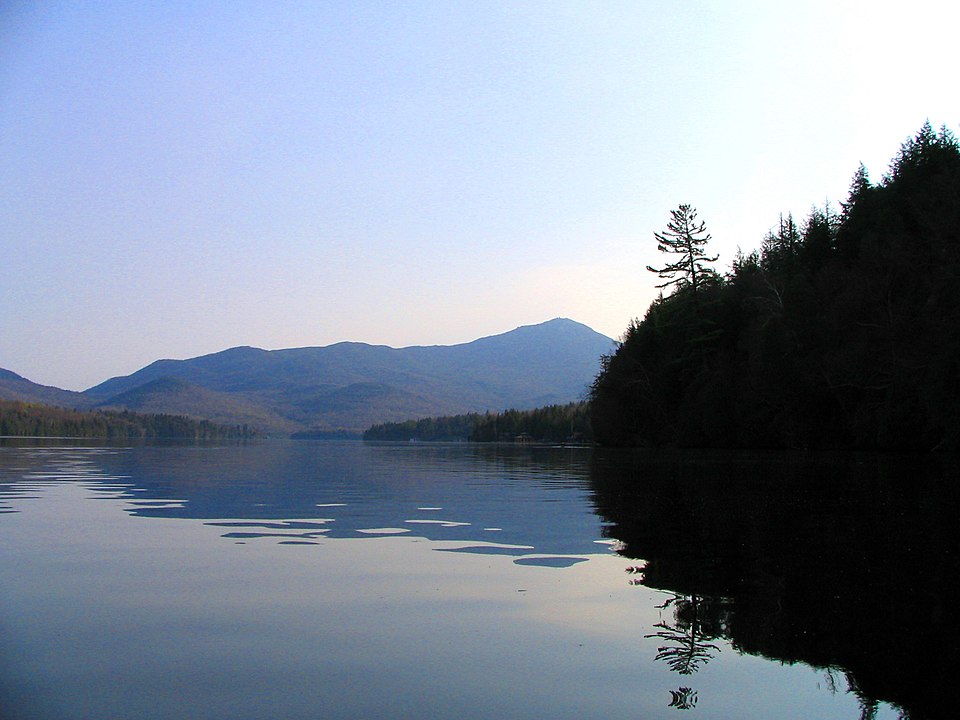
Best Time to Hike: Mid Summer – Early Fall
The Northville-Lake Placid Trail (NPT) takes hikers deep into the wildness of Adirondack Park. Dense forest, lakes and ponds, wetlands, and other terrain keep thru-hikers on their toes for the changes that each day may hold. Thru-hikers can stealth-camp along the entire trail or make use of the several lean-tos, provided there is room. Water is generally plentiful and while it is possible to complete a thru-hike on a single supply of food, a mail-drop or food cache may be considered as well. You can learn more about this short thru-hike from the NPT Chapter of the ADK and from the NPT trail profile from The Trek.
I hope this list provided some good ideas to tackle a more manageable thru-hike. Please comment below with any additional ideas or thoughts!
Happy Hiking!
— Kris


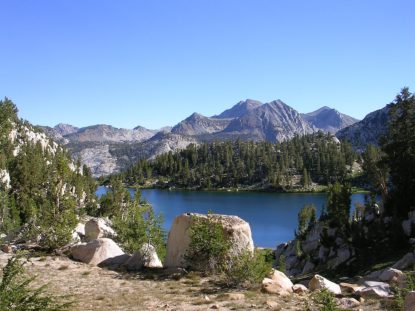





Justin Chamberlain
January 5, 2024 10:05 pmThanks for sharing Kris, very cool! I can’t wait to get started and hope I can do it and love it….but hopefully not too much where I have to quit my job !